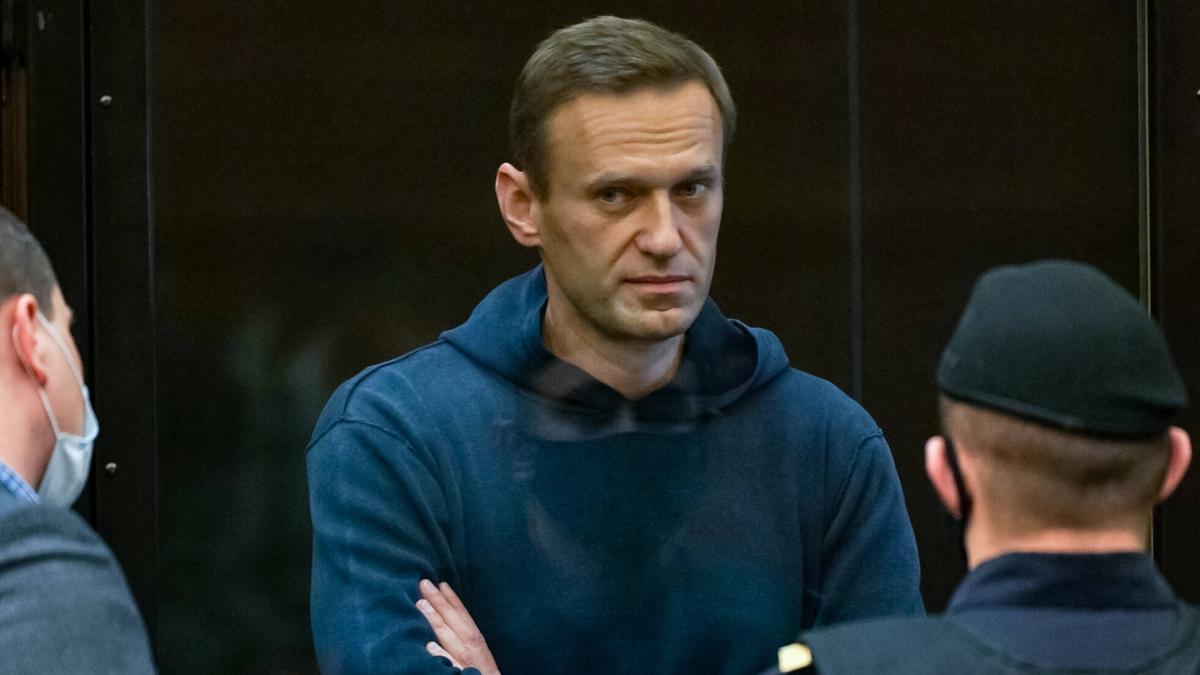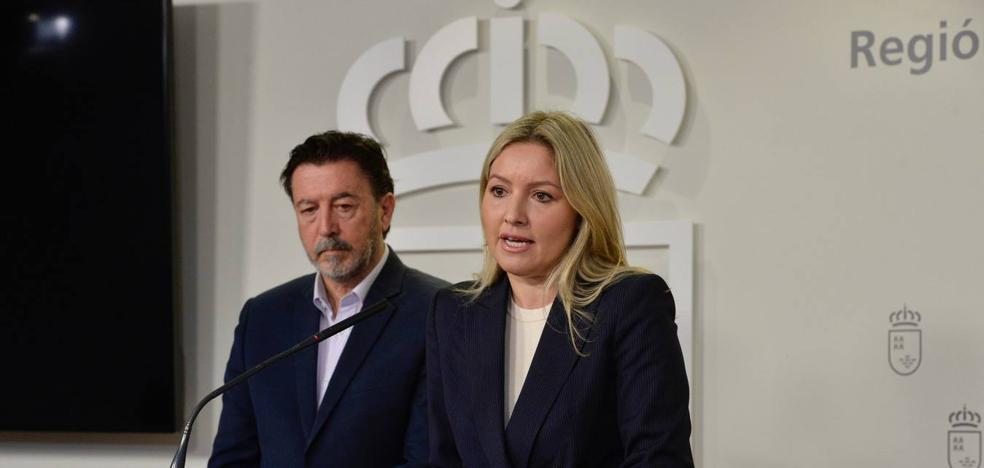There are two NATO naval minesweepers in the Gulf of Finland. However, it is not unusual, says Iiro Penttilä, head teacher of naval warfare at the National Defense College.
The situation further escalation in Ukraine would lead to increased NATO activity in the Baltic Sea, says chief naval teacher Iiro Penttilä About the National Defense College. NATO will bring more troops and equipment both by sea and by air to the Baltic countries.
“After that, NATO would increase surveillance of the sea area and airspace to secure the areas,” says Penttilä.
“Russia would have to react to it in some way. After all, Russia has moved equipment to the Black Sea since the turn of the year. Activity in the Baltic Sea would probably increase for the remaining equipment. ”
From the point of view of security in the Baltic Sea, a growing number of troops would mean an increase in tensions.
“There could be accidents at sea and airspace violations in the air.”
Citizens could notice disruptions in logistics, as merchant shipping would be vulnerable.
If the EU were to impose sanctions on Russia, they too would be able to increase tensions. Sanctions would reduce Russian merchant shipping.
“The Baltic Sea would still be an important trade route for Russia. It is also in their interests to keep shipping open. ”
In the Gulf of Finland two NATO naval anti-personnel mines moved on Monday. He reported on the matter on Sunday Evening paper. These ships are deminers.
“It is not uncommon for NATO equipment to be in the Baltic Sea. Minesweepers train regularly off the coast of Estonia, ”says Penttilä.
The main task of minesweepers is to ensure the safety and availability of sea lanes.
“On ships, NATO is able to check that no mines have been dropped into the water. In the event of mines being detected, NATO would be able to clear the necessary route for naval traffic. ”
Mines can also be dropped on NATO minesweepers. However, many of these ships, built in the 1990s, will not be able to be picked up, as a maximum of four 8-meter mine rails can be installed on the stern deck of a single ship. One contact mine takes about a meter of rail and an excitation mine, or so-called bottom mine, is about 1.5 meters.
“Such a small amount would not block the mouth of the Gulf of Finland.”
Penttilä does not have certain information on whether rails have been installed on the ships or not.
Marine Traffic –site and according to Iltalehti, the ships were still closer to the Finnish than Estonian coast on Sunday. On Monday at noon, the ships were in the Estonian naval port in Tallinn. Since then, there has been no change in their location according to the Automatic Identification System (AIS).
The system indicates the position of the vessel. Warships are allowed to turn off position information if necessary. According to Penttilä, it is also quite normal.
“
“It is not uncommon for NATO equipment to be in the Baltic Sea.”
Foreign policy Visiting Senior Research Fellow Pete Piirainen considers that individual events, such as the appearance of two demining vessels in the Gulf of Finland, are examples of the wider development that began with the occupation of Crimea in 2014. Russia’s actions have strengthened in recent weeks.
Piirainen understands that deminers in the Gulf of Finland are raising awareness. However, he would not draw conclusions from the movements of individual ships in one direction or another.
“It should not be interpreted that when a ship arrives, the situation tightens and when the ship leaves, the situation calms down. I don’t think that’s the case, ”says Piirainen.
According to Penttilä of the National Defense College, due to the escalating situation in Ukraine, it is logical that there are NATO minesweepers in Estonian waters.
“If NATO wants to bring in additional troops, for example, it is good that ships are on the ground to ensure that transport can reach the port safely.”
The German Permanent Representation to NATO said on Twitter that the Lockheed Martin P-3C naval aircraft of the German Navy arrived in Finland on Monday. According to the survey, Finland and Germany are planning to conduct reconnaissance flights in the Baltic Sea, and the German navy is working to increase its presence in the region.
Finland monitors the situation in the Baltic Sea more closely and regulates its preparedness. More specifically, Penttilä does not begin to speculate on possible measures by the Defense Forces.
However, the situation in Ukraine is worrying.
“The Baltic Sea was considered a sea of peace before the conquest of Crimea, but this is no longer a sea of peace. Now the Baltic Sea reflects the policy of the great powers with a short delay of only weeks or months. ”
#Baltic #Sea #Russias #invasion #Ukraine #increase #tensions #Baltic #Sea #NATO #increase #surveillance #sea #area #airspace






